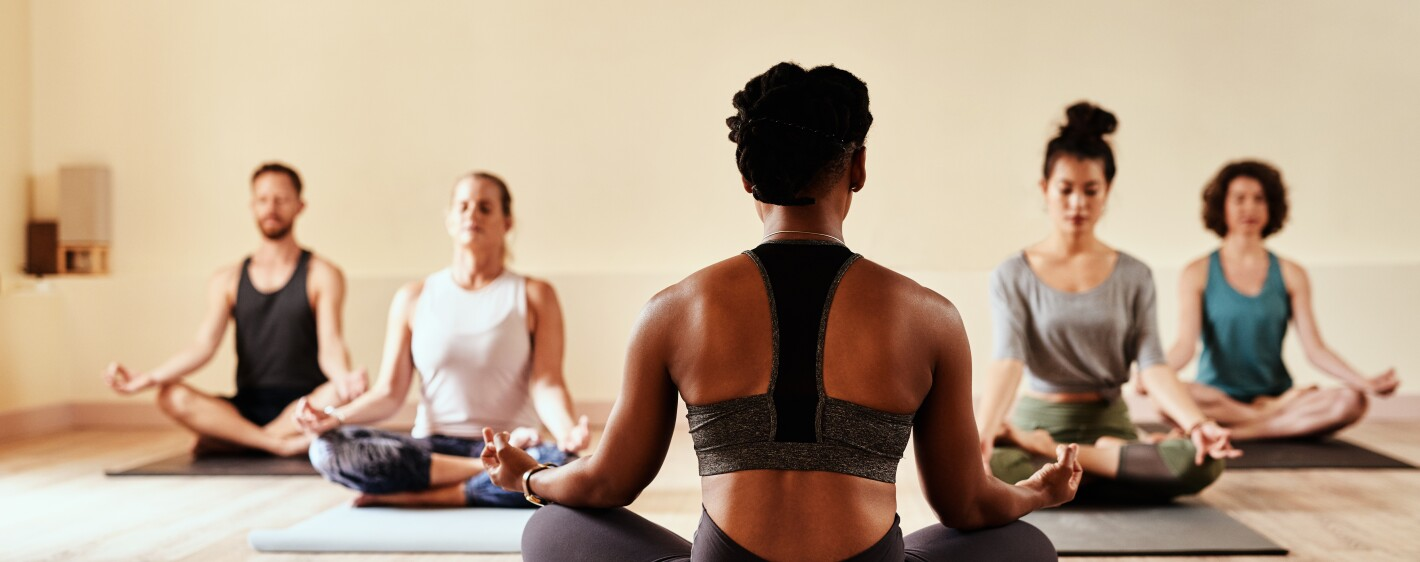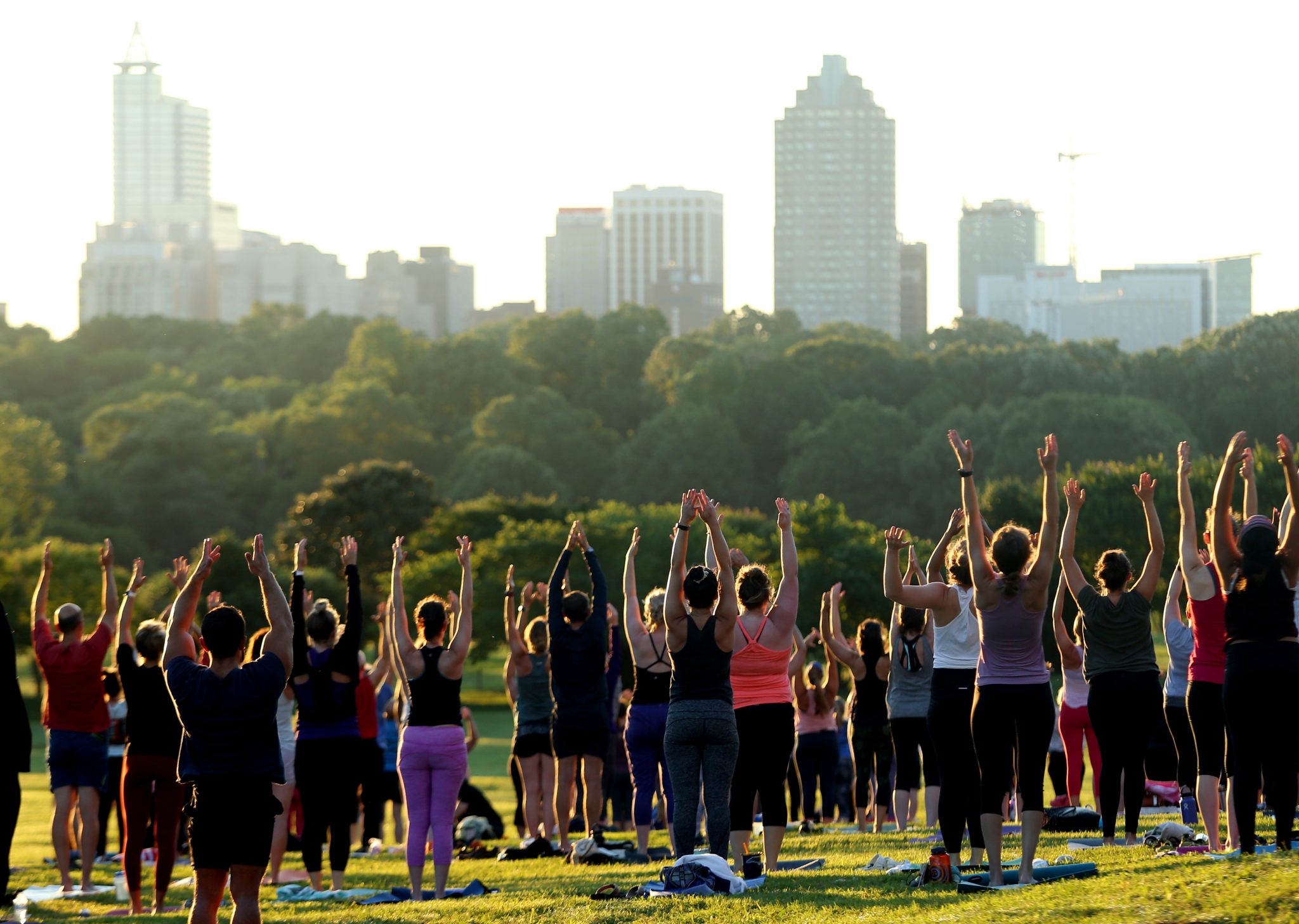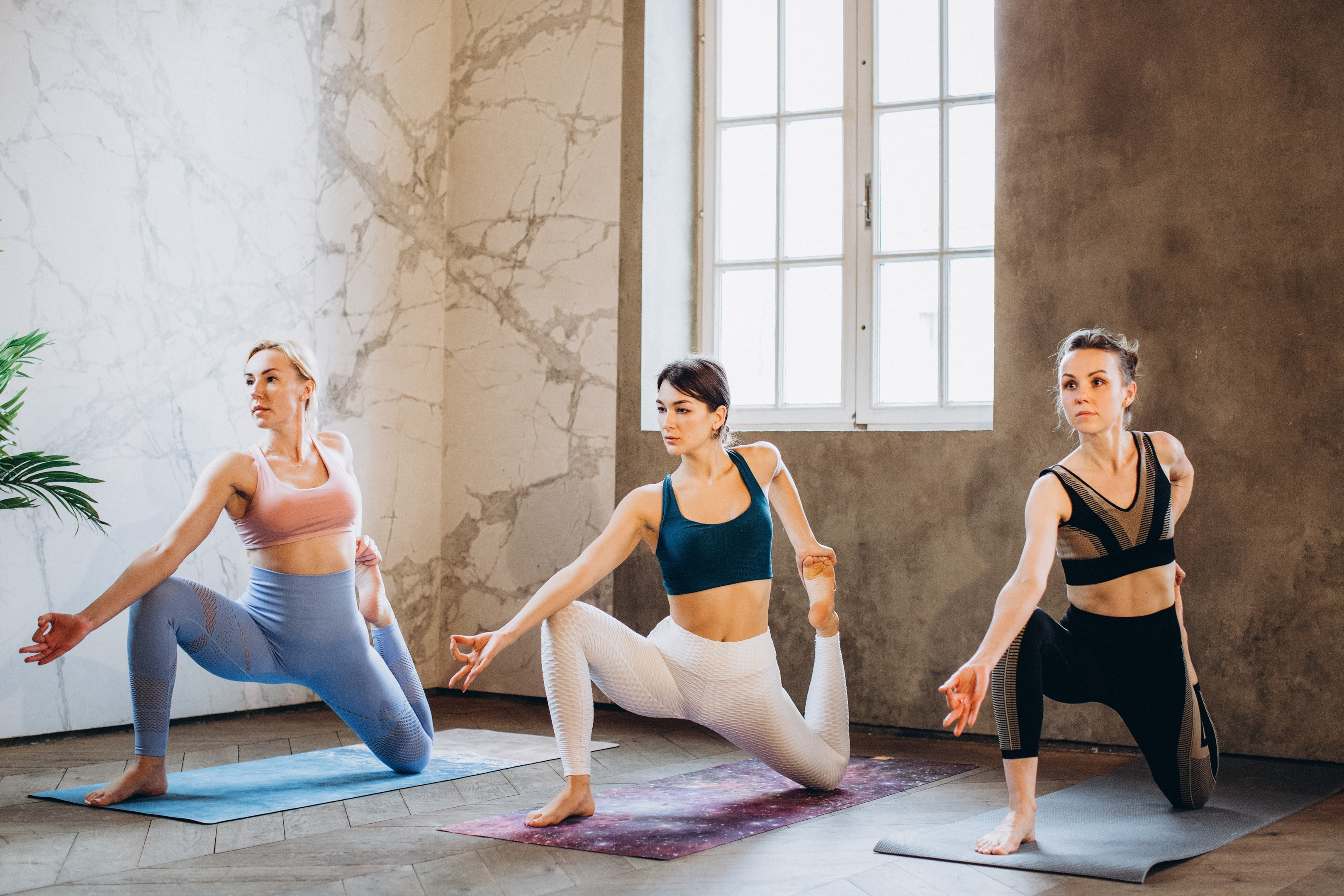The art of yoga has been practiced for thousands of years, and it continues to be a popular form of exercise and self-care for millions of people around the world.
As the demand for qualified yoga instructors grows, many individuals are turning their passion for this ancient practice into a rewarding career by learning how to become a yoga instructor.
In order to do so, they seek out reputable yoga teacher training programs and eventually teach in yoga studios, becoming great yoga teachers themselves.
If you’re considering how to be a yoga instructor, this beginner’s guide will provide you with basic knowledge of the essential steps and tips to help you on your own yoga instructor and journey to success.
Discover Your Passion for Yoga Teacher Training
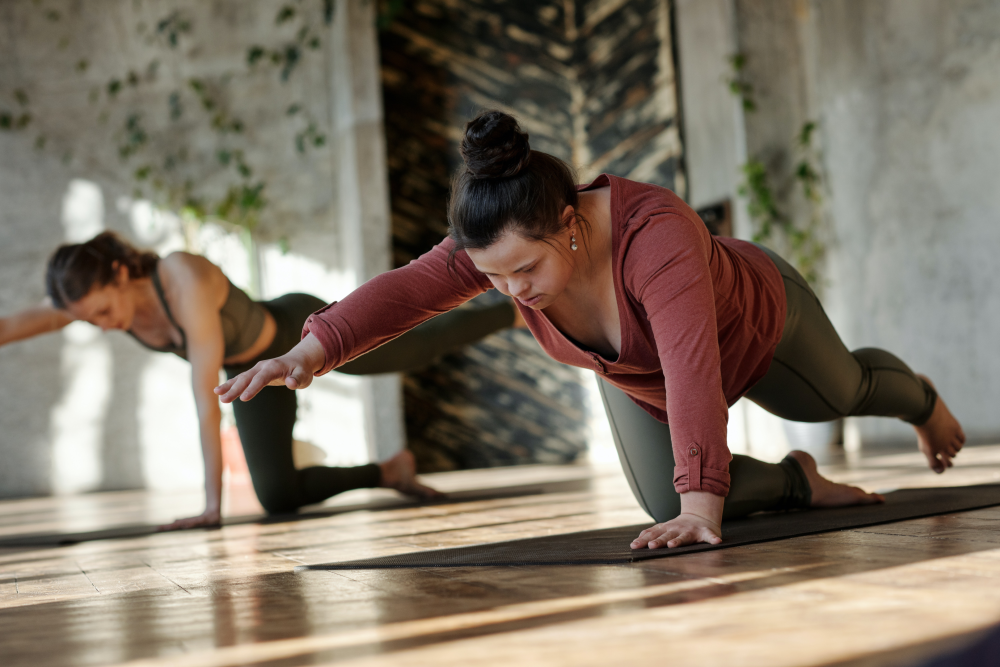
Before you embark on the journey of becoming a certified yoga instructor, it’s crucial to ensure that you have a genuine passion for the practice.
Spend time exploring different yoga styles such as:
- Hatha: Hatha yoga is a traditional form of yoga that focuses on balancing the mind and body through a combination of physical postures (asanas), breath control (pranayama), and meditation. It is often considered a gentle and slower-paced practice, making it an excellent starting point for beginners to develop strength, flexibility, and mindfulness.
- Vinyasa: Vinyasa yoga, also known as “flow yoga,” is a dynamic practice that links breath with movement. It involves a continuous sequence of asanas, with each posture flowing smoothly into the next. This style is known for its fluidity, creativity, and focus on smooth transitions, making it popular among practitioners seeking a more athletic and energetic practice.
- Ashtanga: Ashtanga yoga is a rigorous and structured practice that follows a specific sequence of postures. It emphasizes the synchronization of breath and movement through a series of increasingly challenging asana sequences called the Primary, Intermediate, and Advanced Series. Ashtanga is known for its intensity, discipline, and focus on developing strength, flexibility, and endurance.
- Yin: Yin yoga is a slow-paced, meditative style of yoga that targets the deep connective tissues, such as the fascia, ligaments, and joints. It involves holding passive poses for extended periods, often ranging from three to five minutes or longer. Yin yoga encourages practitioners to cultivate stillness, patience, and introspection while releasing tension and increasing flexibility.
- Restorative: Restorative yoga is a gentle, therapeutic practice that emphasizes relaxation, healing, and stress reduction. It involves the use of props like bolsters, blankets, and blocks to support the body in passive poses, allowing muscles to relax deeply and promoting a sense of calm and well-being. Restorative yoga is suitable for all levels and is particularly beneficial for those recovering from injuries or dealing with stress.
- Kundalini: Kundalini yoga is a holistic practice that combines physical postures, breathwork, meditation, and chanting to awaken and balance the body’s energy centers, known as chakras. It focuses on the release of kundalini energy, which is believed to be coiled at the base of the spine. Kundalini yoga is often described as a transformative and powerful practice that can lead to increased self-awareness, vitality, and spiritual growth.
- Iyengar: Iyengar yoga is a precise and alignment-focused style of yoga developed by B.K.S. Iyengar. It emphasizes proper alignment, strength, and flexibility through the use of props like blocks, straps, and bolsters. Iyengar yoga is known for its attention to detail and the use of personalized modifications to accommodate practitioners of all levels and abilities, making it suitable for beginners and those with physical limitations.
When you pick which yoga style you want to teach in your yoga class, first determine which ones resonate with you the most.
Familiarizing yourself with these diverse approaches will not only help you build your skills and deepen your knowledge of the yoga world but will also strengthen your passion for this transformative practice.
Research and Choose a Yoga Teacher Training Program
Once you’ve developed a strong foundation in your personal yoga practice, the next step is to find a Yoga Alliance-accredited teacher training program to pursue your RYT certification.
This organization sets the standards for yoga education and certification, ensuring that registered teachers meet certain criteria and that the yoga school itself is registered.
Explore various options for yoga teacher certification, including in-person training, online courses, and online programs offered by yoga schools and registered yoga schools.
Look for a training course that aligns with your preferred style of yoga and offers a comprehensive curriculum, encompassing topics such as anatomy, yoga philosophy, teaching methodology, and practical teaching experience.
Consider both online training and in-person training, as many schools offer hybrid programs to cater to different learning preferences.
By selecting the right yoga certification program, you’ll be well on your way to becoming a registered yoga teacher and sharing your passion for yoga with others.
Complete Your Yoga Teacher Training

Dedicate yourself to completing your chosen yoga teacher training course in order to become a certified yoga instructor.
This typically involves a 200-hour yoga teacher training or a more advanced 500-hour training, depending on the level of certification you’re seeking.
During your training, you’ll gain in-depth knowledge of yoga postures, sequencing, alignment, adjustments, and modifications.
You’ll also learn about the philosophy and history of yoga, breathing techniques, various meditation techniques and practices, and the ethical guidelines for certified yoga teachers.
As you progress through your yoga instructor certification, you’ll have the opportunity to study under experienced professionals at a registered yoga school.
Once you’ve completed your training, consider pursuing continuing education courses to deepen your understanding and stay current with the latest developments in the field of yoga.
This ongoing learning will help you become an even more knowledgeable and skilled yoga teacher, ready to share your passion with others.
Register with Yoga Alliance

After successfully completing your yoga teacher training, you’ll be eligible to register with Yoga Alliance as a Registered Yoga Teacher (RYT).
This internationally recognized credential signifies that you have met the necessary standards and completed an approved teacher training program.
Becoming an RYT can increase your credibility, open up job opportunities, and provide access to resources and support for your teaching career.
Gain Teaching Experience
As a new yoga instructor, gaining teaching experience is essential for building your confidence and refining your skills after completing your first yoga teacher training program.
Offer to teach classes at local yoga studios, gyms, community centers, or even online platforms.
You might also consider hosting or attending workshops and offering private lessons as part of your journey as a yoga teacher.
By participating in various teacher trainings and accumulating teacher training and hours, you’ll continually develop your expertise.
The more you teach, the more comfortable and skilled you’ll become as a yoga instructor, ultimately enhancing your ability to guide others on their yoga journey.
Embrace every opportunity to share your knowledge and passion, and you’ll be well on your way to becoming a successful and influential yoga teacher.
Find Your Niche
With so many different styles and approaches to yoga, it’s essential to find your niche as a teacher.
Determine what makes your teaching unique and focus on developing your expertise in that area. This could be a specific style of yoga, a particular demographic (such as prenatal yoga or yoga for seniors), or incorporating other healing modalities like Reiki or aromatherapy into your classes.
Emphasizing your unique strengths will help you stand out in the competitive yoga market.
Cultivate a Professional Image

As a yoga instructor, your professional image is crucial for attracting and retaining students.
This includes creating a well-designed website, maintaining an active presence on social media, and developing eye-catching promotional materials.
Be sure to showcase your personality, teaching style, and areas of expertise to help potential students connect with you.
Network and Build Relationships
Networking is an essential aspect of building a successful yoga teaching career.
Attend workshops, conferences, and other various yoga studio-related events to meet fellow yoga instructors, other yoga studios, owners, and potential clients.
Engage with your local yoga community by attending classes and participating in events.
Building relationships within the yoga community can lead to valuable collaborations, referrals online training courses, and job opportunities.
Continuously Develop Your Skills and Knowledge
The world of yoga is vast and always evolving.
As a yoga instructor, it’s essential to prioritize continuous learning and self-development in order to become a great yoga teacher.
Attend workshops, retreats, and advanced yoga teacher training courses and programs to deepen your knowledge and expand your skill set.
Stay up-to-date with the latest research, trends, and best practices in the field by taking continuing education courses regularly.
Embracing a growth mindset and actively seeking opportunities for improvement will not only make you a better teacher but will also keep you inspired and engaged in your career.
By committing to lifelong learning, you’ll be well-equipped to face the challenges and rewards of teaching yoga, ultimately enhancing the experience for both you and your students.
Practice Self-Care and Maintain Your Personal Yoga Practice
To be an effective and successful yoga instructor, it’s crucial to prioritize your own well-being and maintain consistent personal practice.
Make time in person and for your own yoga, meditation, and self-care routines, and remember to practice what you preach.
Staying grounded in your own practice will provide you with the energy, clarity, and inspiration needed to be an authentic and effective yoga teacher yourself.
Develop Your Teaching Philosophy
As you embark on your journey to becoming a yoga instructor, having a clear teaching philosophy will help guide your practice and set you apart from other yoga teachers everywhere.
Reflect on what you value most about practicing yoga, and how you want to share it with your students. Consider aspects like inclusivity, accessibility, and how you can create a welcoming and supportive environment for all.
Developing a teaching philosophy can help you find your voice and establish your unique approach to teaching yoga.
To create your teaching philosophy, start by exploring your own yoga practice and personal experiences. What elements resonate with you the most?
How has yoga transformed your life, and what benefits do you want to share with others? Take the time to journal and meditate on these questions, allowing your thoughts and insights to shape your perspective.
Next, consider the diverse needs of your students. How can you make your classes accessible and welcoming to practitioners of different abilities, backgrounds, and experiences?
Think about ways to modify postures, offer variations, and provide support to ensure that each student feels comfortable and empowered in your classes.
Additionally, ponder the ethical principles of yoga, such as the yamas and niyamas, and how they can inform your teaching approach.
How will you embody these principles in your classes and create a safe space for students to explore their practice without judgment or pressure?
Finally, reflect on the role of continuing education in your teaching philosophy. As a yoga instructor, it’s essential to prioritize your own growth and learning to maintain your credibility and effectiveness.
Consider how you’ll stay informed about the latest research, techniques, and trends in the yoga world and incorporate this knowledge into your classes.
By carefully crafting your teaching philosophy, you’ll not only establish a strong foundation for your yoga instruction but also create a meaningful and lasting impact on the lives of your students.
Offer Workshops and Special Events
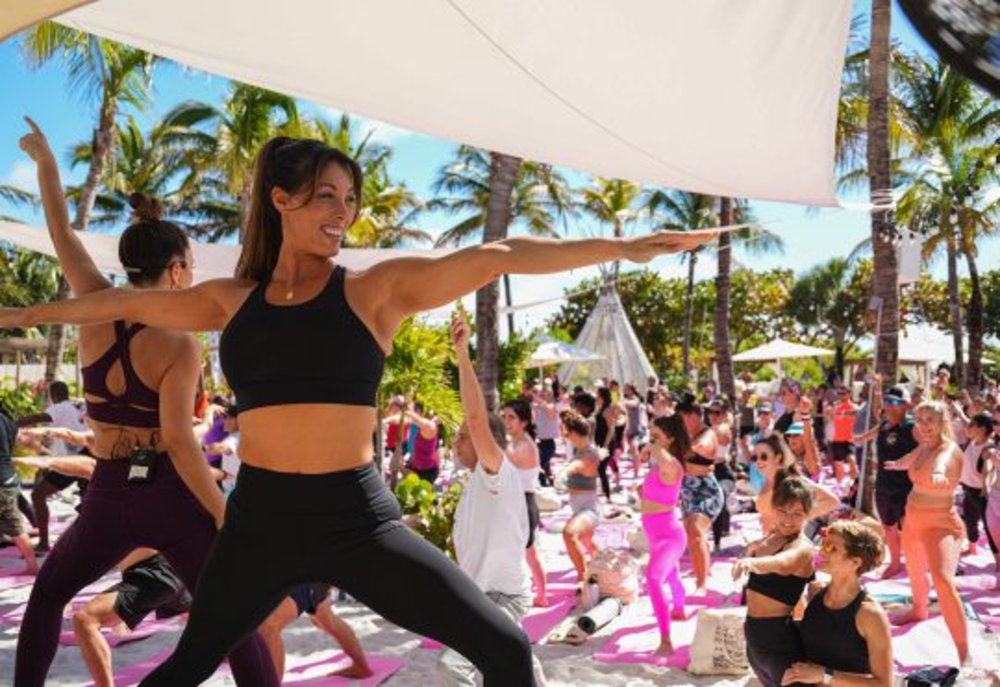
Hosting workshops and special events is an excellent way to showcase your expertise and connect with your community.
Consider offering workshops on specific topics or techniques, such as inversions, arm balances, or yoga for stress relief.
You could also host events like yoga and meditation retreats, charity classes, or themed workshops to engage and attract a broader audience.
Build a Loyal Student Base
One of the keys to becoming a successful yoga instructor is building a loyal student base.
Cultivate strong relationships with your students by being approachable, supportive, and responsive to their needs.
Provide personalized attention and guidance, and make an effort to learn each student’s name and preferences.
Creating a sense of community and connection in your classes will encourage students to return and recommend you to others. Click here for more ways to improve member loyalty for your studio.
Consider Teaching Online

The digital age has transformed the way people practice yoga, and teaching online can be a valuable addition to your career.
Offer hybrid classes, and pre-recorded sessions, or even create your own subscription-based online yoga training and platform.
Teaching yoga online can help you reach a global audience, diversify your income streams, and provide students with more flexibility in their practice.
You can further expand your hybrid business with Virtuagym’s Video Workout Platform.
Market Your Yoga Instructor Business
To successfully promote your yoga business, it’s essential to create a strong brand identity and yoga studio business plan that communicates your unique teaching style, philosophy, and values.
Leverage social media platforms like Instagram, Facebook, and YouTube to share high-quality photos, videos, and valuable content that engages and connects with your audience.
Build relationships with other wellness professionals and local businesses to expand your reach and collaborate on workshops or events for your yoga classes.
Utilize email marketing to stay connected with your students and inform them about class updates, workshops, and wellness tips.
Offer special promotions and discounts to attract new students and encourage existing ones to try new classes.
Collect testimonials and reviews from your students and feature them in your marketing materials. Lastly, become an active member of your local community by attending events, supporting local businesses, and volunteering your time.
Lastly, have a yoga studio software to help you manage your business.
By implementing these strategies, you’ll effectively market your own yoga studio or business and build a thriving yoga community. For more marketing tips for your yoga studio, click here.
Conclusion
In order to become a yoga instructor it requires dedication, passion, and a willingness to grow and evolve if you want to be successful.
By following the steps outlined in this beginner’s guide, you’ll be well on your way to building a fulfilling career as a yoga teacher.
Remember, the journey is just as important as the destination – enjoy the process, learn from your experiences, and share the transformative power of yoga with the world.
